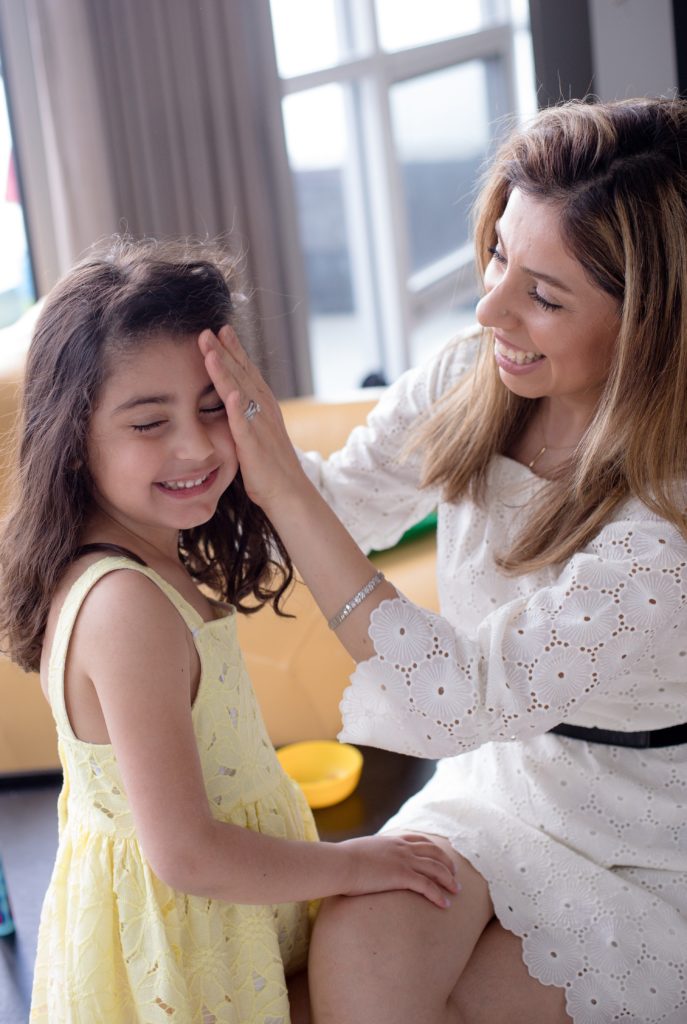Education forms the bedrock of a society’s progress and prosperity, with children’s education acting as the cornerstone. In the pursuit of cultivating well-rounded individuals, the trifecta of children’s education emerges as a vital paradigm. This trifecta encompasses three fundamental pillars: knowledge acquisition, character development, and fostering creativity. These pillars not only complement each other but also together form a holistic approach that equips children with the skills, values, and imagination needed to thrive in an ever-evolving world.
Knowledge is the scaffolding upon which a child’s intellectual growth is constructed. It is through the acquisition of knowledge that children are equipped with the tools to comprehend the complexities of the world around them. A well-rounded education encompasses a diverse range of subjects, encouraging children to explore their interests and develop a broad perspective. Books serve as a treasure trove of information and imagination, introducing children to different cultures, ideas, and historical events. Educational technology, such as tablets, computers, and educational apps, makes learning engaging and interactive, helping children grasp abstract concepts through visual aids and simulations. Additionally, science kits facilitate hands-on experimentation, cultivating a deep understanding of scientific principles and encouraging curiosity and problem-solving skills.
Education extends beyond the boundaries of academia; it is a conduit for shaping moral compasses and nurturing strong character traits. The values instilled during childhood shape the adults they become, influencing their relationships, decisions, and contributions to society. Board games are instrumental in encouraging teamwork, fair play, and strategic thinking, contributing to character development by teaching children about competition, cooperation, and handling victory and defeat gracefully. Art supplies provide a means for creative expression, enabling children to explore their emotions, develop empathy, and understand the perspectives of others. Through art, qualities like patience, attention to detail, and a willingness to experiment are nurtured. Furthermore, engagement in community service and philanthropic endeavors fosters compassion, empathy, and a sense of responsibility towards others.
Creativity is the fuel that propels innovation and progress. Encouraging children to think outside the box and explore their unique ideas nurtures problem-solving skills, adaptability, and an entrepreneurial spirit. Building blocks and construction sets provide the means for children to bring their ideas to life, fostering spatial reasoning and design thinking. These materials encourage children to experiment with structures, patterns, and functionality. Learning to play a musical instrument is another way to nurture creativity, discipline, and the ability to perceive patterns in sound. It provides an outlet for emotional expression and a deeper understanding of the arts. Additionally, imaginative play tools such as costumes, props, and playsets encourage imaginative play, allowing children to create their narratives, scenarios, and worlds. This fosters storytelling skills and the capacity to envision new possibilities.
These pillars, when integrated into educational strategies, empower children with a well-rounded skill set and a sense of purpose. Material things can serve as catalysts in this educational journey, enhancing engagement, understanding, and experiential learning. However, it’s important to note that while material resources are valuable, the guidance of dedicated educators, mentors, and parents remains the cornerstone of a child’s holistic development. By nurturing these three pillars, society lays the groundwork for a future generation equipped to address the challenges and opportunities of an ever-changing world.



